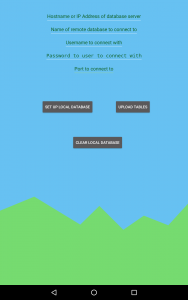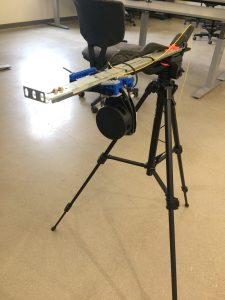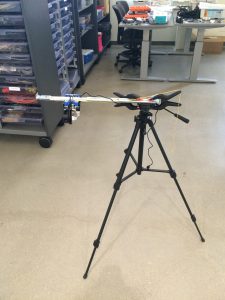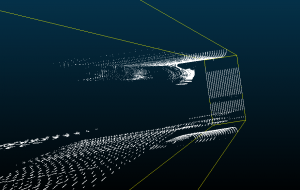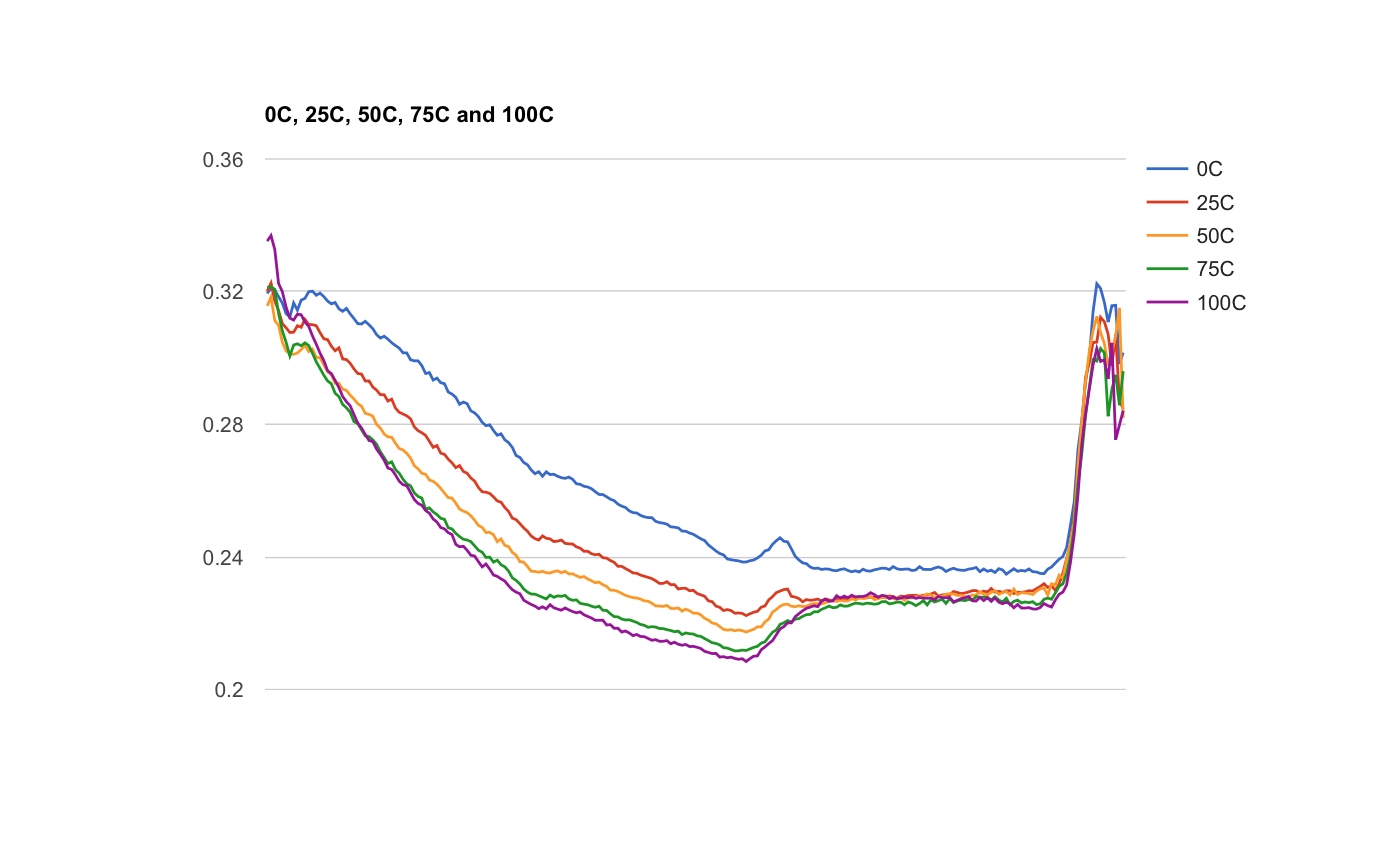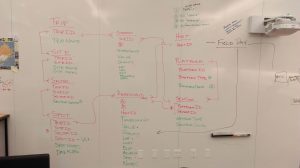As you remember, last week I finished the new data model implementation within Field Day and downloading remote database data. Field Day writes sensor database to the local database respecting the new model — populating fieldday_streaming, fieldday_reading, and fieldday_spot.
The big hurdle that still needed to be hopped over was sending those newly populated tables back to the remote database. This week I got over that big hurdle. The user can now upload the local tables to the remote tables. Field Day gets all of the rows in the tables I mentioned above, starting with fieldday_spot because the other two have foreign keys that reference the spot table. Moving the rows from the reading and streaming table is simple, but moving the spot table has different characteristics. If people are pushing to the database at the same time, we have to make sure that we are only inserting one of each ‘trip, site, sector, and spot’ which make up the primary key in the database. Field Day takes the ‘tripID, siteID, sectorID, and spotID’ of each row in the local database and queries the remote database asking for the count where a line has those four columns that equal the values in the local table. If the count comes back zero, then Field Day inserts the row. Each tables updating is wrapped up in a transaction, so if something goes wrong Field Day rolls back the transaction and sets the database to it’s previous state. Once the inserting has successfully finished, the database in the local table is copied to external storage in an /archive directory and the tables are dropped and created again so they are empty.
I moved ‘Take a Sample’ on the main screen to ‘Sampling’ and created a new option under that menu for ‘Database Actions.’ The downloading from remote database activity was previously under the Settings option, but since the application is basically doing the same thing in each, I merged them in to one activity. There are three buttons for the user to choose from (which you can see in the picture below) — setup local database, upload tables, clear local database. Upon the press of any of the buttons, the user is asked to confirm. When the user selects clear local database, just like after the user upload the tables, the local database is copies and wiped.
A couple other small things that I’ve worked on this week are integrating the Google Drive Android API and fixing small things with the sensor sampling activity. As for the Google Drive API, I’ve gotten Field Day to the point where it asks for permission to access Google Drive, but doesn’t do anything after that. To my knowledge, this API only allows the app to interact with files that were created by the application itself. I’m not 100% sure of that so I’m still working on it. Small things that are fixed are the user is notified if they haven’t set up their local database with a remote database, which means they can’t write anything to the local database. When a Spot number is put in the spot edit text on the sampling activity, Field Day checks to make sure that spotID doesn’t already exist in the local database if it does, then it doesn’t write to the database.
